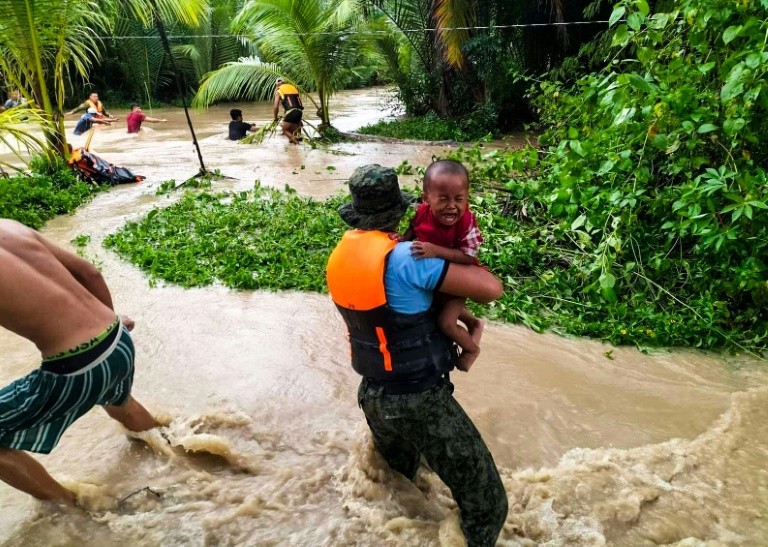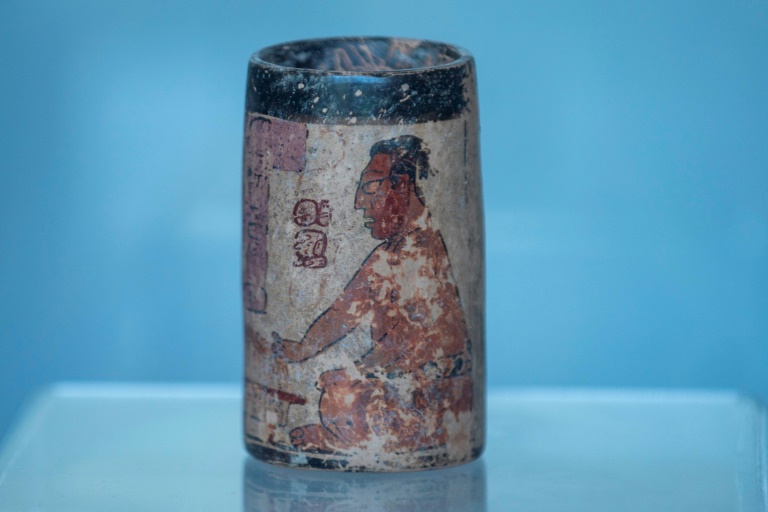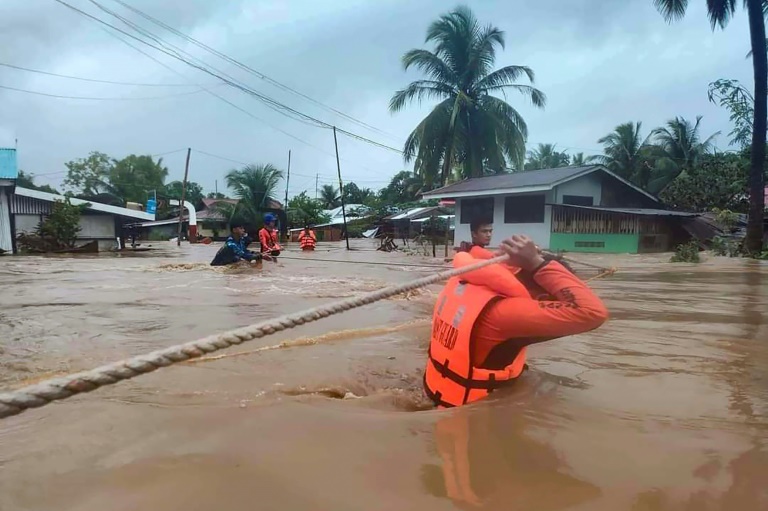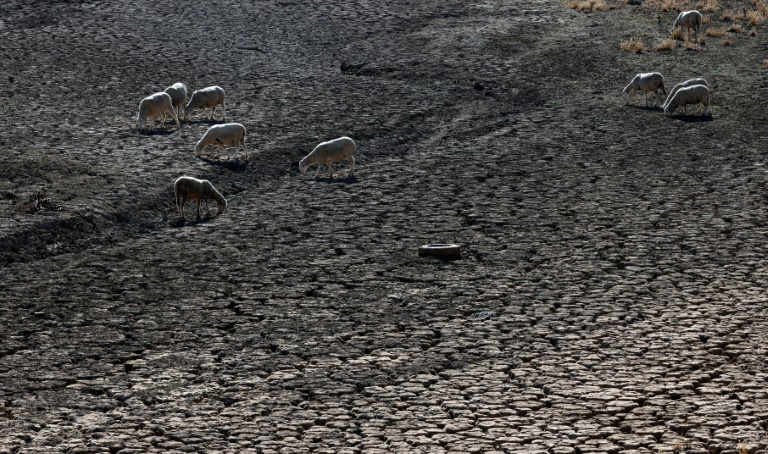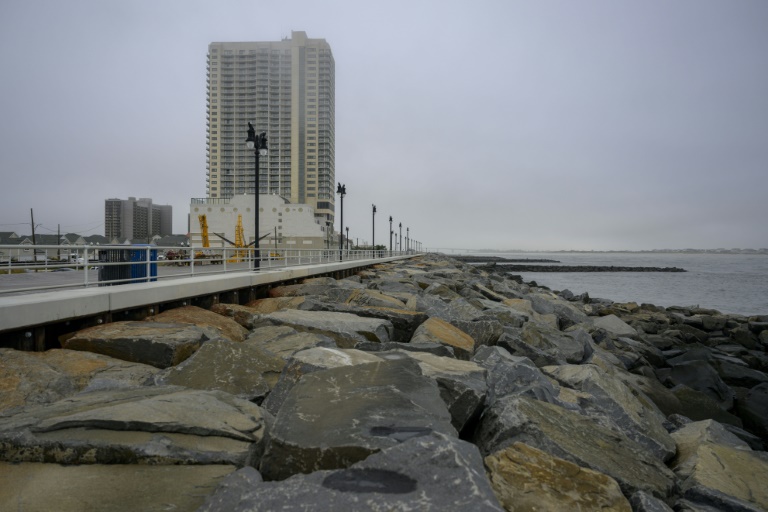Tropical storm lashes Philippines, at least 45 dead
Severe Tropical Storm Nalgae has caused landslides and flooding in the Philippines, leaving dozens dead
Severe Tropical Storm Nalgae pounded the Philippines on Saturday after unleashing flash floods and landslides that officials said left at least 45 people dead.
Nalgae churned across the archipelago nation’s main island of Luzon with winds of up to 95 kilometres (59 miles) an hour after making landfall on the sparsely populated eastern island of Catanduanes before dawn.
It has sparked heavy rains across the country, with areas far from the path of the storm inundated including the southern island of Mindanao, which has seen flooding and deadly landslides over the past two days.
A sharply revised official toll on Saturday put the number of deaths on Mindanao at 40, with five others killed elsewhere in the country.
At least 17 people were missing, while nearly 20,000 had been evacuated.
In the Mindanao village of Kusiong, home to around 100 people, bulldozers and backhoes attempted to remove a thick layer of limestone rock and mud after parts of a nearby mountain collapsed on Friday.
Fourteen people have so far been pulled from the debris and more are still missing in the community.
“Had she died of illness it would have been less painful,” villager Mercedes Mocadef told AFP as she stood by three bodies, one of which turned out to be the daughter of her cousin.
The dead girl’s mother was also lost in the disaster.
Landslides and flash floods originating from largely deforested mountainsides have been among the deadliest hazards posed by typhoons in the Philippines in recent years.
“It could be more than a hundred,” Lester Sinsuat, mayor in the nearby town of Datu Odin Sinsuat, told AFP when asked how many were feared dead.
Regional civil defence chief Naguib Sinarimbo said “this is already a retrieval operation because the village (Kusiong) has been buried under rock and mud for more than a day”.
– ‘Why did we fail?’ –
Philippine President Ferdinand Marcos Jr rebuked local civil defence officials in Mindanao over their preparations for the storm during a televised meeting Saturday.
“It will be important for us to look back and see why this happened. Why did we fail to evacuate them? Why do we have such a high casualty (figure)?” he said.
Mindanao is rarely hit by the 20 or so typhoons that strike the Philippines each year, but storms that do reach the region tend to be deadlier than in Luzon and central parts of the country.
The state weather service said the eye of Nalgae was expected to pass south of the capital Manila, a sprawling metropolis of more than 13 million people, in the early evening Saturday.
Photos released by the Philippine coastguard showed rescuers using an old refrigerator as a boat to pull children from a flooded community on the central island of Leyte.
The storm struck at the beginning of a long weekend in the Philippines when millions return to their hometowns to visit the graves of dead relatives.
“If it’s not necessary or important, we should avoid going out today because it is dangerous,” said national civil defence director Rafaelito Alejandro, adding that 5,000 rescue teams were on standby.
The coastguard has suspended ferry services throughout most of the country due to rough seas, stranding thousands of passengers at ports.
The civil aviation office meanwhile said it has shelved more than 100 flights.
Storms kill hundreds of people in the Philippines yearly and keep vast regions in perpetual poverty, with residents also having to grapple with frequent earthquakes, volcanic eruptions, and in some areas armed insurgencies.
Scientists have warned that storms are becoming more powerful as the world gets warmer because of climate change.

